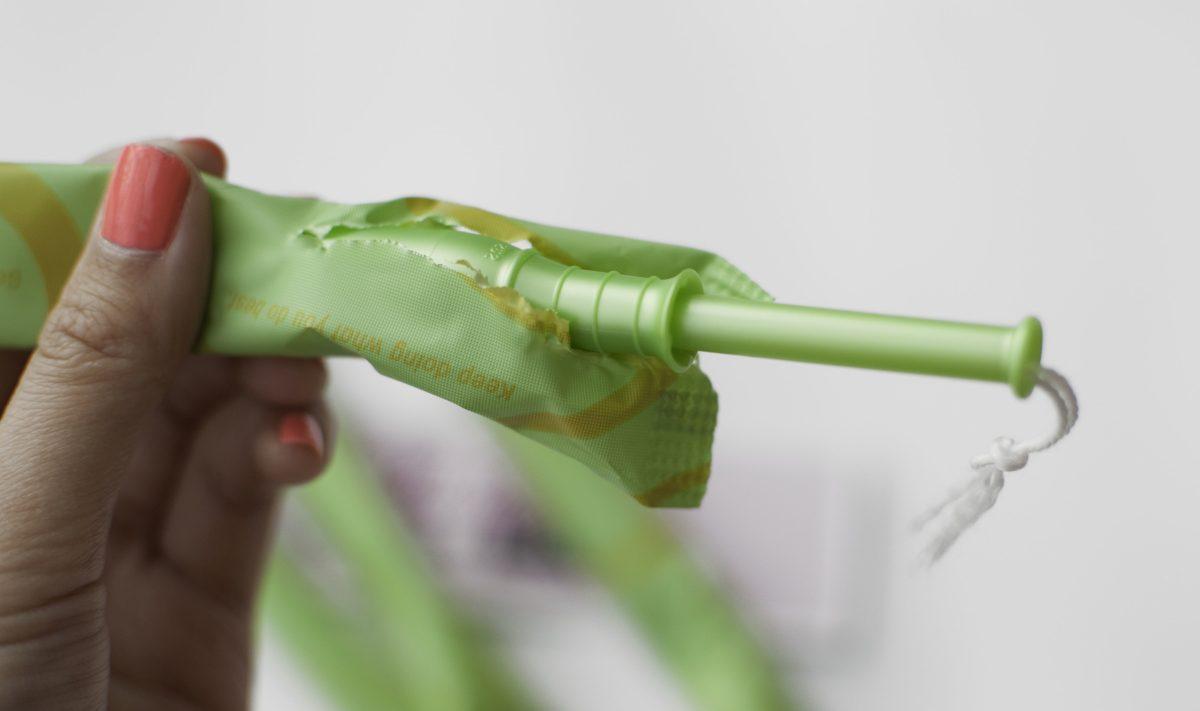A new study released by the University of La Plata in Argentina found that up to 85 percent of tampons and other cotton sanitary products contain glyphosate. Glyphosate is a herbicide used by Monsanto in their Roundup weedkiller and, according to Scientific American, is the most widely produced herbicide in the world.
In March, the World Health Organization announced that glyphosate is “probably carcinogenic to humans,” based on a an assessment by the International Agency for Research on Cancer (IARC). The IARC reached this conclusion based on studies demonstrating that people who work with this pesticide have a high risk of developing non-Hodgkin lymphoma. The herbicide has also been linked with tumor development in rats and mice.
Previously, the Environmental Protection Agency (EPA) had concluded that glyphosate had a “low acute toxicity.” An earlier Agricultural Health Study found no links between the herbicide and non-Hodgkin lymphoma. While Monsanto and other industry groups contest these findings regarding glyphosate, the herbicide has been found in the majority of tampons available for sale.
According to the Argentinian study, most of the cotton used to make the products is sprayed with glyphosate, which then remains in the tampon as it makes its way to market. According to the Guardian, tampon manufacturers are not required to list ingredients, and the Food and Drug Administration only tracks dioxin levels in products. People who are concerned about the implications of this study and want to buy tampons without glyphosate have limited options. There is no way to access information about a particular brand’s manufacturing process. Organic pads and tampons are available in some health stores and online as a way of avoiding this chemical, but they are expensive and not accessible for many women.
Some legislation has been introduced to Congress in an attempt to seek greater transparency about what exactly goes into tampons. The Robin Danielson Act, named for a woman who died of Toxic Shock Syndrome, would require the National Institutes of Health to publish research on the health risks associated with tampons and information about contaminants in the product be made public. A version of this bill was first introduced by Rep. Carolyn Maloney in 1997, and has been introduced nine times in total, most recently in March of 2015. According to Govtrack.us, the bill has a 2 percent chance of being enacted.




